Yellow-bellied sapsucker sucking sap
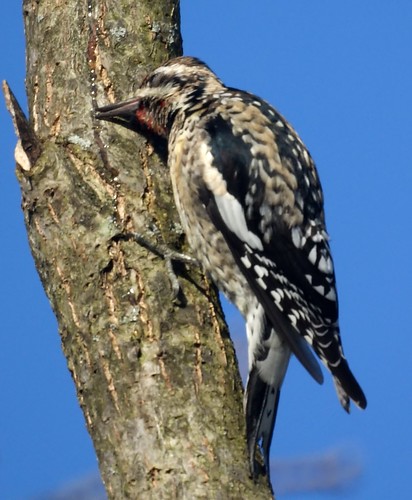
Labels: Winter Birds, Yellow Bellied Sapsucker
posted by Chris and Mike at 6:44 PM Links to this post
Info & pictures of common New Jersey birds: the woodpecker, cardinal, king fisher, warbler, robin, tufted titmouse, finch, mallard, cormorant, baby ducks, grebe, goose, cat bird, sapsucker, northern flicker, chickadee, merganser, hawk, heron, hairy woodpecker & goldfinch plus muskrat, groundhog & beaver. Many photos were taken at Lake Nelson in Piscataway, NJ and others in NJ bird spots: Cape May, the Meadowlands, and Sandy Hook or vacations in Florida, California and the Caribbean.

Labels: Winter Birds, Yellow Bellied Sapsucker
posted by Chris and Mike at 6:44 PM Links to this post
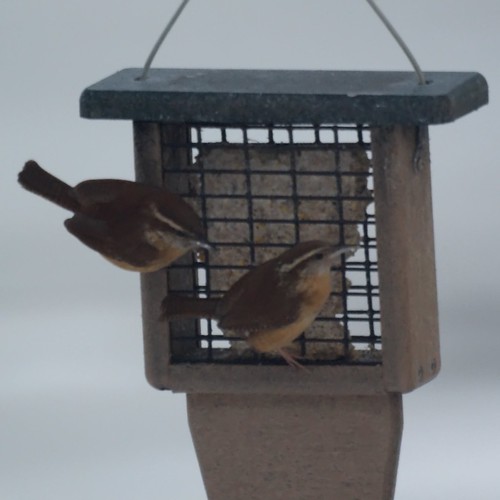
Labels: Carolina Wren, Winter Birds
posted by Chris and Mike at 4:35 AM Links to this post
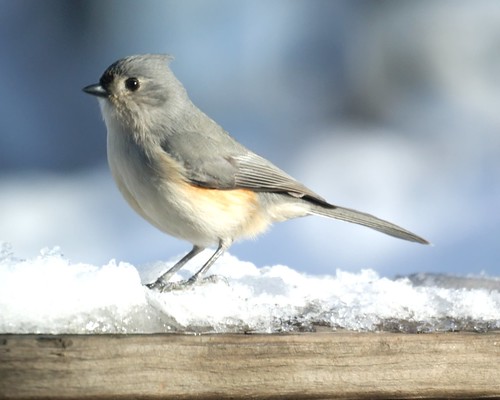
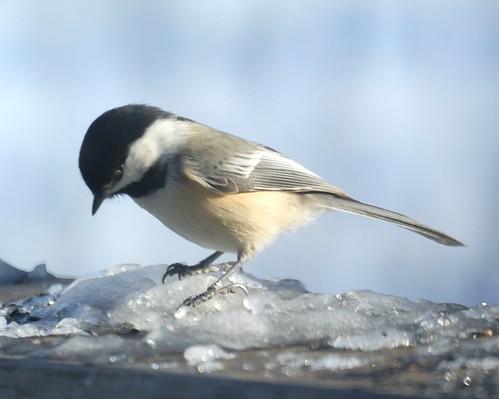
Labels: Black-capped Chickadee, Tufted Titmouse, Winter Birds
posted by Chris and Mike at 6:29 PM Links to this post
Labels: Carolina Wren, Red Bellied Woodpecker, White-throated Sparrow
posted by Chris and Mike at 6:24 AM Links to this post
posted by Chris and Mike at 6:25 AM Links to this post
Labels: Contributed Photos
posted by Chris and Mike at 6:24 AM Links to this post

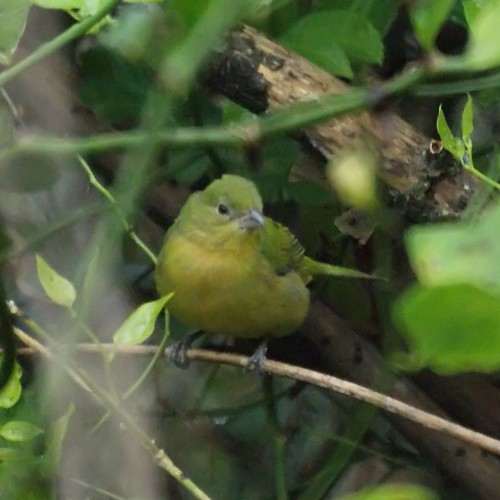
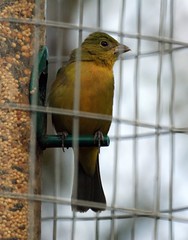
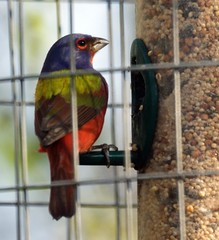
Labels: Florida, Painted Bunting
posted by Chris and Mike at 6:28 AM Links to this post
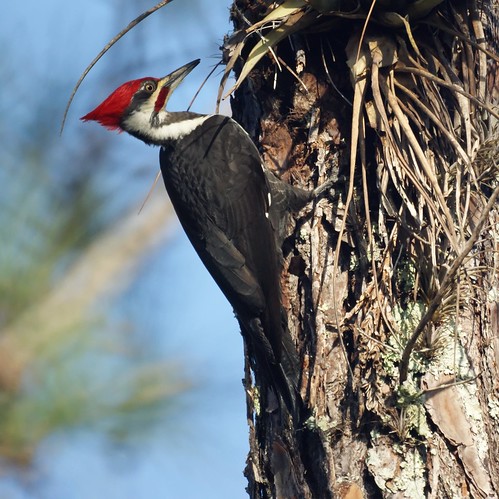
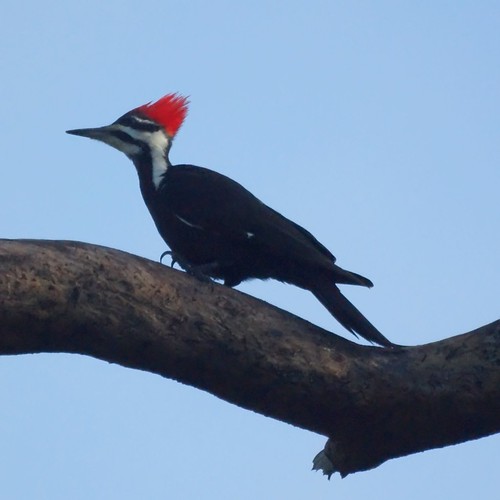
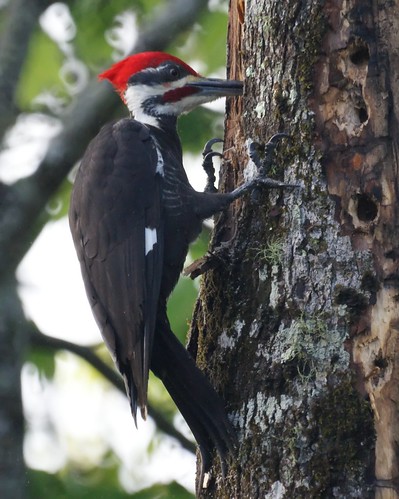
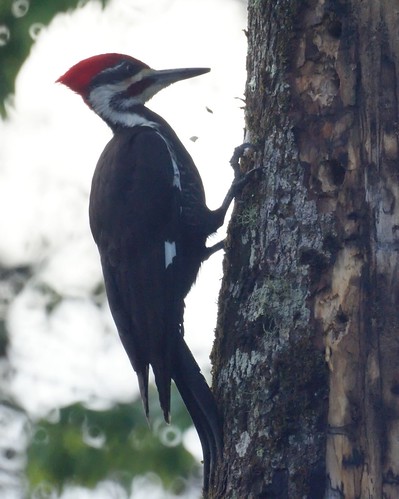

Labels: Florida, Pileated Woodpecker
posted by Chris and Mike at 4:42 AM Links to this post
Labels: Black-crowned Night Heron, Florida, Green Heron
posted by Chris and Mike at 4:12 AM Links to this post
Labels: Black Skimmer, Brown Pelican, Florida Iguana, Royal Tern
posted by Chris and Mike at 3:28 AM Links to this post
Labels: Blue-Winged Teal, Florida, Glossy Ibis, Pied Billed Grebe, Wood Stork
posted by Chris and Mike at 3:22 AM Links to this post
posted by Chris and Mike at 3:21 AM Links to this post
Labels: Alligator
posted by Chris and Mike at 2:41 AM Links to this post

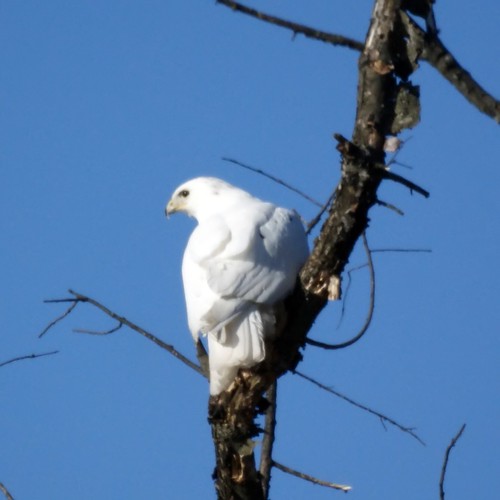
Labels: Hawk, Winter Birds
I was on WhatBird Forum this morning and saw you photo posted. I'm glad Mike is persistent, I have never seen a leucistic hawk before...It is simply BEAUTIFUL!!
misseymarie
Amazing bird - and very nice pictures. Quite a specimen
Amazing photos. Did you take the photo near Rutgers Busch campus? I saw this "white hawk" more than 10 times in summer (2009) when I drove from Rt.18 into Rutgers Busch campus.
ps. it is great knowing this NJ bird blog.
posted by Chris and Mike at 6:02 PM Links to this post
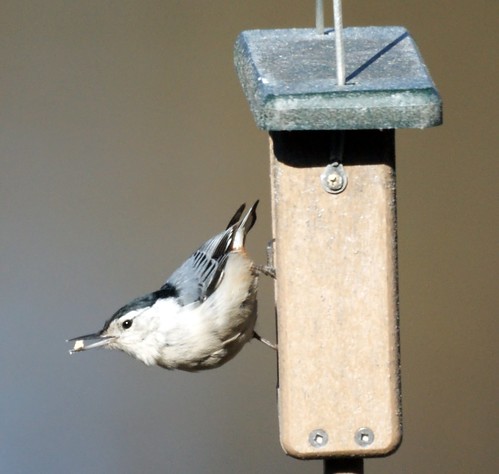
Labels: White-breasted Nuthatch, Winter Birds
posted by Chris and Mike at 1:23 PM Links to this post
Labels: Northern Cardinal, Winter Birds
posted by Chris and Mike at 10:03 AM Links to this post
Labels: American Goldfinch, Blue Jay, Tufted Titmouse, Winter Birds
posted by Chris and Mike at 9:20 AM Links to this post
Labels: Sharpshined hawk, Winter Birds
Saw one of these guys on my way home today, standing on a flapping pidgen, 5 feet off the road. Pulled around and watched with the glasses from 25 yards for 3-4 minutes, till it quit flapping, then he flew off, low through the trees. Way cool.
Thank you for helping me with the ID.
Jeff in Atco
posted by Chris and Mike at 7:42 AM Links to this post
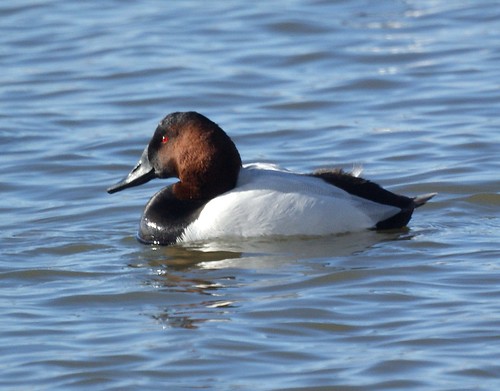
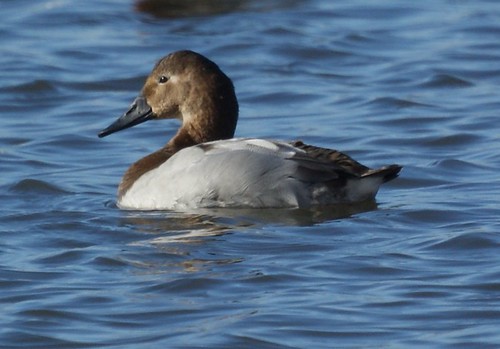
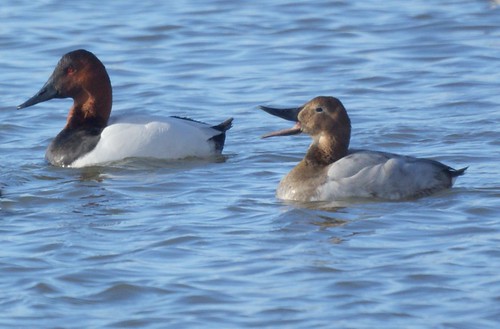
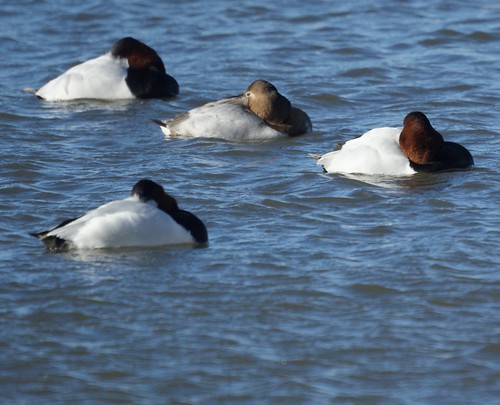
Labels: Canvasback, Winter Birds
posted by Chris and Mike at 5:05 PM Links to this post